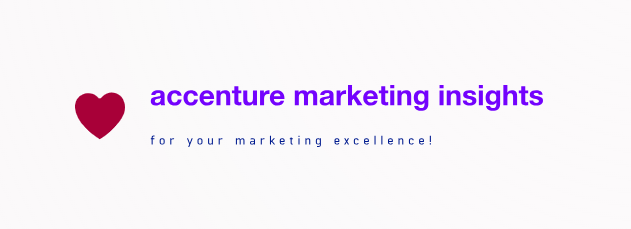Email marketing is one of the most effective ways to reach your customers, but simply sending generic emails to your entire list can lead to low engagement and missed opportunities. That’s where email segmentation comes into play. By dividing your email list into smaller, more targeted groups, you can send personalized, relevant content to each segment, boosting engagement and conversions.
Why Email Segmentation Matters:
Segmentation is crucial because it allows you to send tailored messages that resonate with your audience. When you send relevant content, subscribers are more likely to open your emails, click through, and take action. For example, customers who have previously purchased from you may respond well to an email offering them similar products, while new subscribers may appreciate an introductory email with a special discount.
By sending targeted emails, you also reduce the chances of annoying your subscribers with irrelevant content, which can lead to unsubscribes. Instead, you foster stronger relationships and build trust with your audience.
Effective Segmentation Strategies:
There are several ways to segment your audience, depending on the data you have and your goals. Here are some common segmentation strategies:
- Demographic Segmentation: Group your list based on characteristics such as age, location, gender, or job title. For example, a retail store could send different promotions to customers in various regions or target a specific age group with a particular product line.
- Behavioral Segmentation: Divide your list based on how subscribers interact with your emails or website. You can target those who frequently open your emails with exclusive offers or send re-engagement emails to users who haven’t interacted with your emails in a while.
- Purchase History: Segment based on past purchases. Customers who have bought certain products could receive follow-up emails with complementary items or special loyalty discounts.
- Engagement Level: Tailor your messages based on how engaged your subscribers are. Highly engaged users might appreciate advanced tips, while less engaged users could receive more basic, introductory content or a reminder of the benefits of your products or services.
How to Implement Email Segmentation:
To get started with segmentation, gather as much data as possible from your subscribers, whether through sign-up forms, surveys, or tracking tools. Use an email marketing platform like Mailchimp or ActiveCampaign, which makes it easy to segment your list based on a variety of factors.
Once you’ve segmented your list, create tailored content for each group. The key is to ensure that the emails feel personal and relevant to the recipient. For example, send a special offer to your loyal customers or an informative guide to subscribers who have shown interest in a specific topic.
The Takeaway:
Email segmentation is an essential strategy for any marketer looking to make the most of their email marketing efforts. By delivering the right message to the right people, you can improve engagement, boost conversions, and ultimately build stronger customer relationships. If you haven’t already, start segmenting your email list today, and watch your email campaigns become more effective and impactful.

Leave a Reply